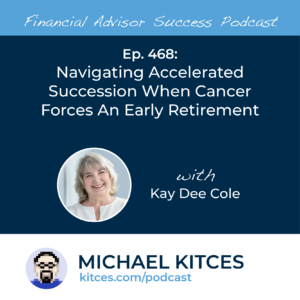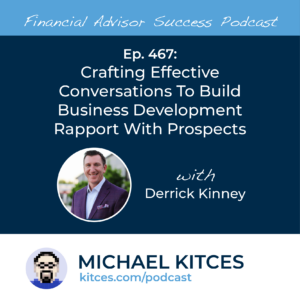Welcome everyone! Welcome to the 469th episode of the Financial Advisor Success Podcast!
My guest on today's podcast is David Scranton. David is the CEO of Sound Income Group, an RIA based in Fort Lauderdale, Florida, that oversees approximately $4 billion in assets under management for 10,000 client households.
What's unique about David, though, is how he has built his business by standing out through his strategy of investing client assets in income-producing individual securities to produce a steady stream of income at a time when many advisors have taken a "total return" investment approach and build portfolios using mutual funds and ETFs.
In this episode, we talk in-depth about how David builds portfolios using a combination of what he calls "insured options" (such as bank CDs, government bonds, and fixed index annuities), "non-insured contractual securities" (such as individual bonds and preferred stocks), and "equity-oriented investments" (including business development companies, real estate investment trusts, and high-dividend stocks), why David prefers to invest in individual securities instead of investment funds both to control the exact securities he's investing in and to avoid forced liquidations when investors in a mutual fund sell at once, and how David finds that prospects are often receptive to this approach given the steady cash flow it generates without necessarily eating into principal to create retirement income (which has also led to greater client retention during market downturns).
We also talk about David's four keys for financial advisors to attract clients (which include having a point of differentiation as well as established branding, lead generation, and conversion processes), how David's focus on these keys shifted over time (from an emphasis on lead generation early on in his career to build a steady flow of prospects to branding now that he's leading an advisor enterprise), and how David has leveraged book-writing (with the assistance of professional ghostwriters and publishing firms) to further build his brand and generate greater familiarity with his ideal target clients.
And be certain to listen to the end, where David shares how he implements his investment approach by using two portfolio management tools (for trading and reporting, separately) and offers it to advisors who don't have the capacity to implement this approach themselves, how David was able to overcome his previously overly analytical nature to be able to focus on the bigger picture of running his business, and how David has found that narrowing in on a specialization has ultimately (and perhaps counterintuitively) allowed him to serve more families than he might have taking a more generalist approach.
So, whether you're interested in learning about what it takes to implement an income-based investment strategy, attracting more prospects by showing how your firm is ‘different', or how to build your brand by authoring books, then we hope you enjoy this episode of the Financial Advisor Success podcast, with David Scranton.




